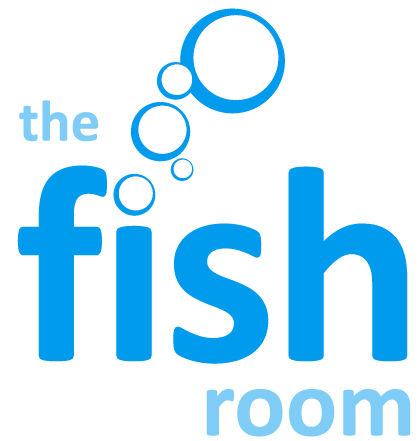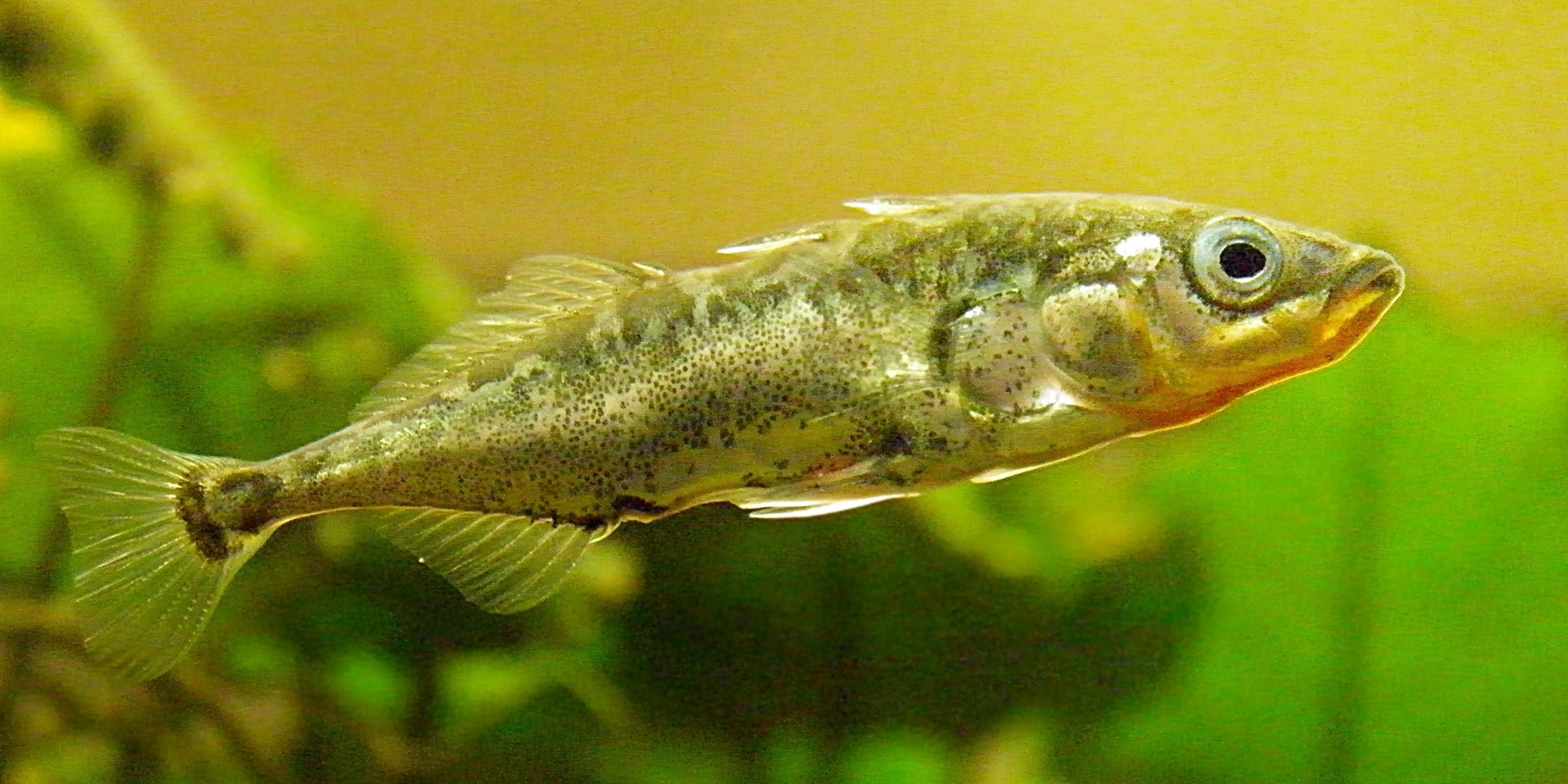All, Coldwater Facts, Fish Facts
Spotlight: Three-spined Stickleback (Gasterosteus aculeatus)
Experience level: Easy
Max size: 3-4 inches
Minimum Pond Size: 450L (At least 1ft in depth)
Temperament: Very Territorial – Will chase away any fish deemed a threat.
PH Range: 6-10 (Incredibly tolerant). Studies have actually found that an increase in PH over the recommended level resulted in females becoming more attracted to the males olfactory (pheromones) cues (basically their advances!). This implies that sticklebacks actively adapt to poorer water quality that may impair certain methods of communication such as visual movement. This is similiar to how human hearing, smell and taste is enhanced in dark environments, essentially the idea behind those novelty resturants that are pitch black.
Hardiness: Hardy
Sex Differences: Males generally develop a redder throat area to fend off rivals and to attract females.
Breeding: Males are fantastic parents and will guard the young from fry until they are able to fend for themselves. Male sticklebacks will create a hollow nest out of peat, sand and detritus in which it will swim back and forth through to create a tunnel which a gravid female will lay. If you unsure as to whether a stickleback will be able to nest given the materials available in the pond or if you would like to speed up the process, place a small terrecota plant pot (the ones with the holes at the bottom) with the drainage hole facing up on the bottom of the pond and stuff it full of pond weed. This will encourage the male to nest there.
After fertilisation the male chases away the female and guards the nest from other males and non-gravid females. He may fertilise more eggs from another gravid female in the same nest. When the fry hatch and are old enough to hunt, the male will teach the young how to deal with predators and will demonstrate this by chasing away any threatening fish that lie nearby.
Average Lifespan: 3 years.
Diet: Carnivorous. Requires an established supply of live food (inverts such as daphnia, bloodworm, mayfly and dragonfly larvae). Before introducing the fish, ensure that the pond has been set up for at least 2 months in order to develop this wildlife.
Feeding Instruction: If there is a population of invertebrates in the pond, feeding is not completely necessary. During spouts of which there is less activity in the pond, such as winter, it may be useful to feed the fish with dried bloodworm, tubifex, shrimp and frozen foods such as daphnia. They have also been known to take usual fish flake food but like all fish it is important to provide a diverse diet.
Aquarium Care: As long as they are in clean, non polluted water, with some element of oxygenation (be that with pond weed such as Elodea Crispa or water movement from a pump) these fish will do well. When they are introduced do a partial water change of around 10% and when they begin to multiply continue changing this same amount of water each week. When changing water, make sure to treat the water that you are putting into the pond with a suitable Dechlorinator to remove chlorine and heavy metals that will damage your pond and fish.
Origin: Native to most streams, rivers, lakes and oceans in the northern hemisphere but have been found as southerly as Iran. Sticklebacks are incredibly tolerant to salinity levels and are therefore a common subject of physiology research. Many species live primarily in brackish or salt water and come into freshwater to breed but there are many land-locked populations. Sticklebacks are actually also more closely related to seahorses and pipefish than any other families. As the name implies, they can be found with between 2-4 spines along their backs, with three being the most common. These stand up to ward off threats and impair any predator’s ability to swallow them hole. They are a fascinating species to have and bring a lot of interest to a pond.

